This error is almost inevitable because Windows 11 cannot run another Virtual Machine creator alongside Hyper-V. Regardless, fixing the VMware and Hyper-V incompatibility issues is still possible.
Why is VMware not compatible with Hyper-V?
Whenever the Hyper-V role is enabled, the virtualization extensions are not exposed to type 2 hypervisors installed on a Windows machine, hence the incompatibility issue. However, other factors responsible for this error are:
Outdated or low-bit processor: VMware workstation and Hyper-V may not be compatible if you use an outdated processor for Windows Server 2012. Regardless of the Hyper-V feature you wish to use, a 64-bit processor of second-level address translation (SLAT) is a requirement for newer hardware. Insufficient Memory: To run multiple Virtual Machines simultaneously, you’ll need enough memory of at least 4 GB of RAM or more for the host and other Virtual Machines. Hyper-V is a Virtual Machine creator: Hyper-V is also a Virtual Machine creator and cannot run with another VM due to competition for resources. You may have to disable Hyper-V in Windows 11 in such cases.
What can I do if VMware is not compatible with Hyper-V?
You should ensure to perform the following preparatory checks before engaging in any troubleshooting or settings tweaks:
Ensure you have about 60GB and above of hard disk storage. Your computer should have a minimum RAM of 4GB. Get to know how to locate the files & folders and their respective functions. Ensure that your processor is compatible with a 64-bit processor and supports AMD, Intel, and Qualcomm processors.
Having checked these and the issue persists, proceed to the advanced fixes below.
1. Uninstall Hyper-V in the Graphical User Interface (GUI)
You can follow similar steps for Windows Server 2016. However, should you later need to re-enable Hyper-V, you can check our guide on how to Install Hyper-V in Windows 11.
2. Turn off Virtualization Based Security
Alternatively, if you can’t seem to access Virtualization-Based Security, you can read how to disable VBS on Windows 11 PCs and find some relevant solutions.
3. Disable Hyper-V using PowerShell
If you want to re-enable Hyper-V in PowerShell, you can read through our guide on enabling Hyper-V in Windows 11. You can also check our detailed guide on what to do if VMware workstation and Hyper-V are not compatible with Windows 11. However, if the Hyper-V to VMware compatibility problems persists, you should consider checking our article to fix Windows 11 Hyper-V errors. If you have new queries or suggestions about other fixes that have worked for you, kindly drop them in the comments section. We will appreciate your input.
SPONSORED
Name *
Email *
Commenting as . Not you?
Save information for future comments
Comment
Δ





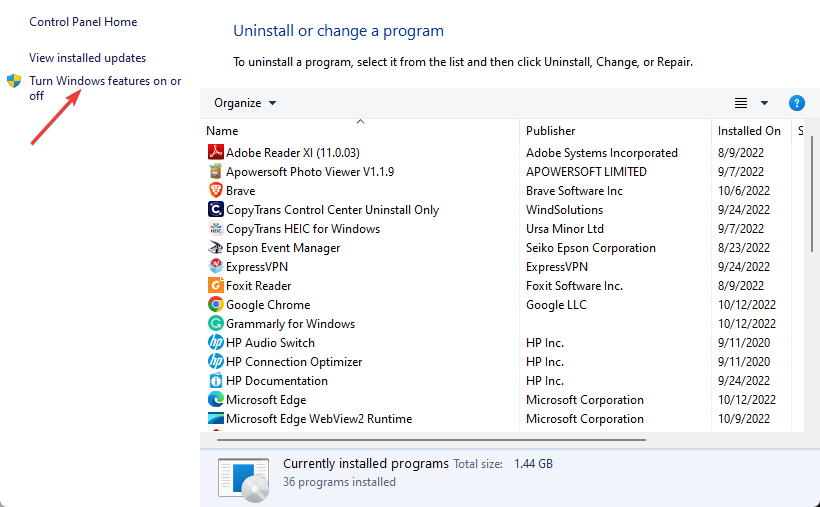
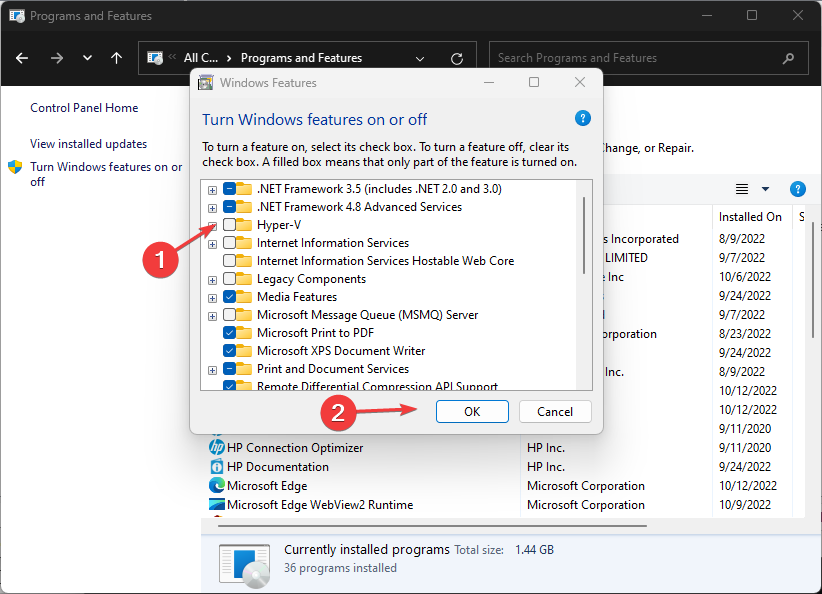
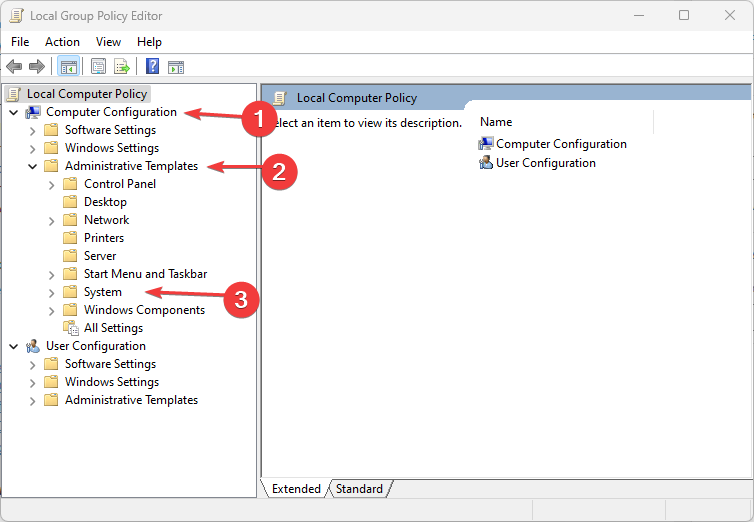
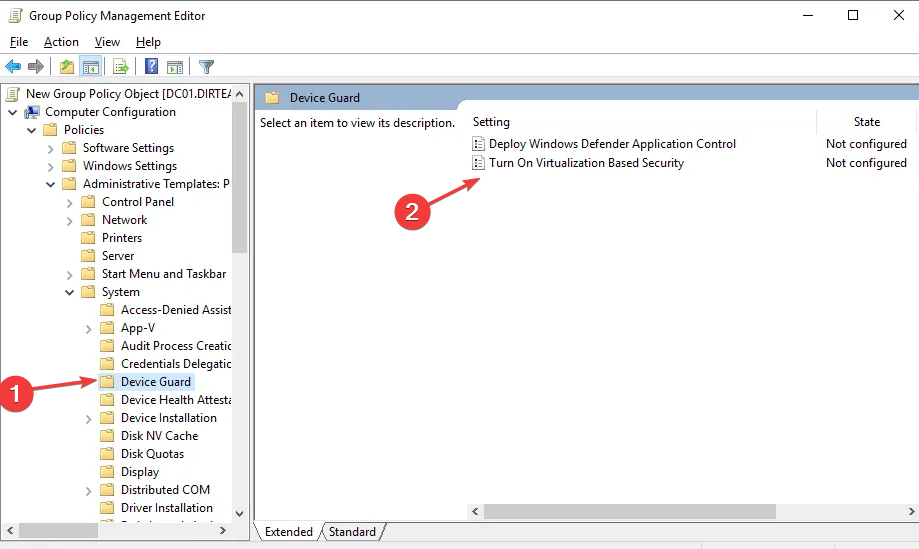
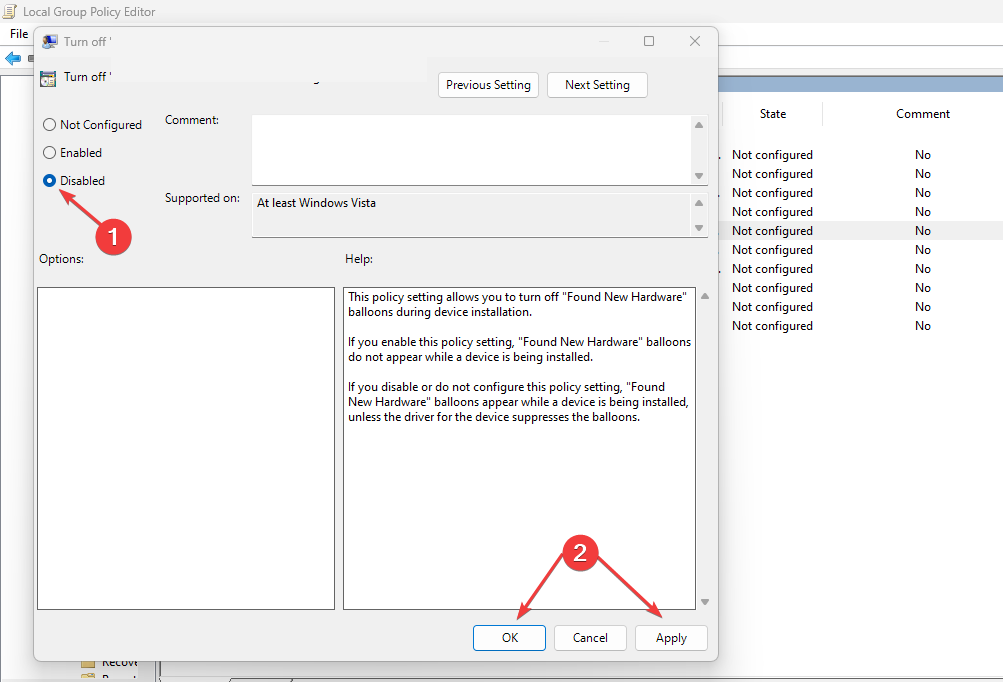
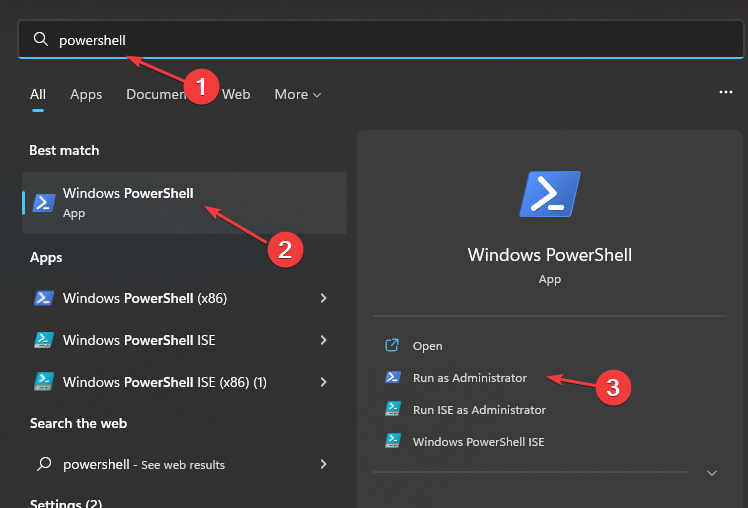
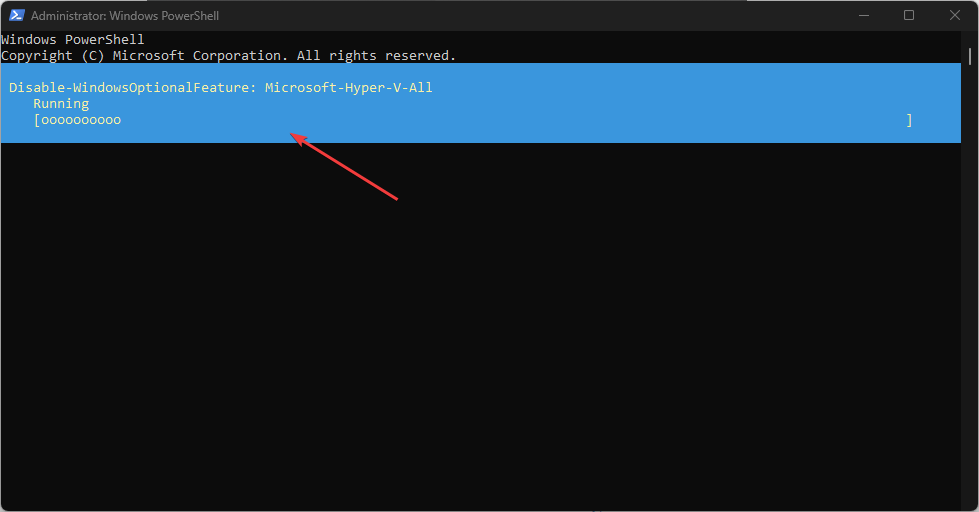

![]()